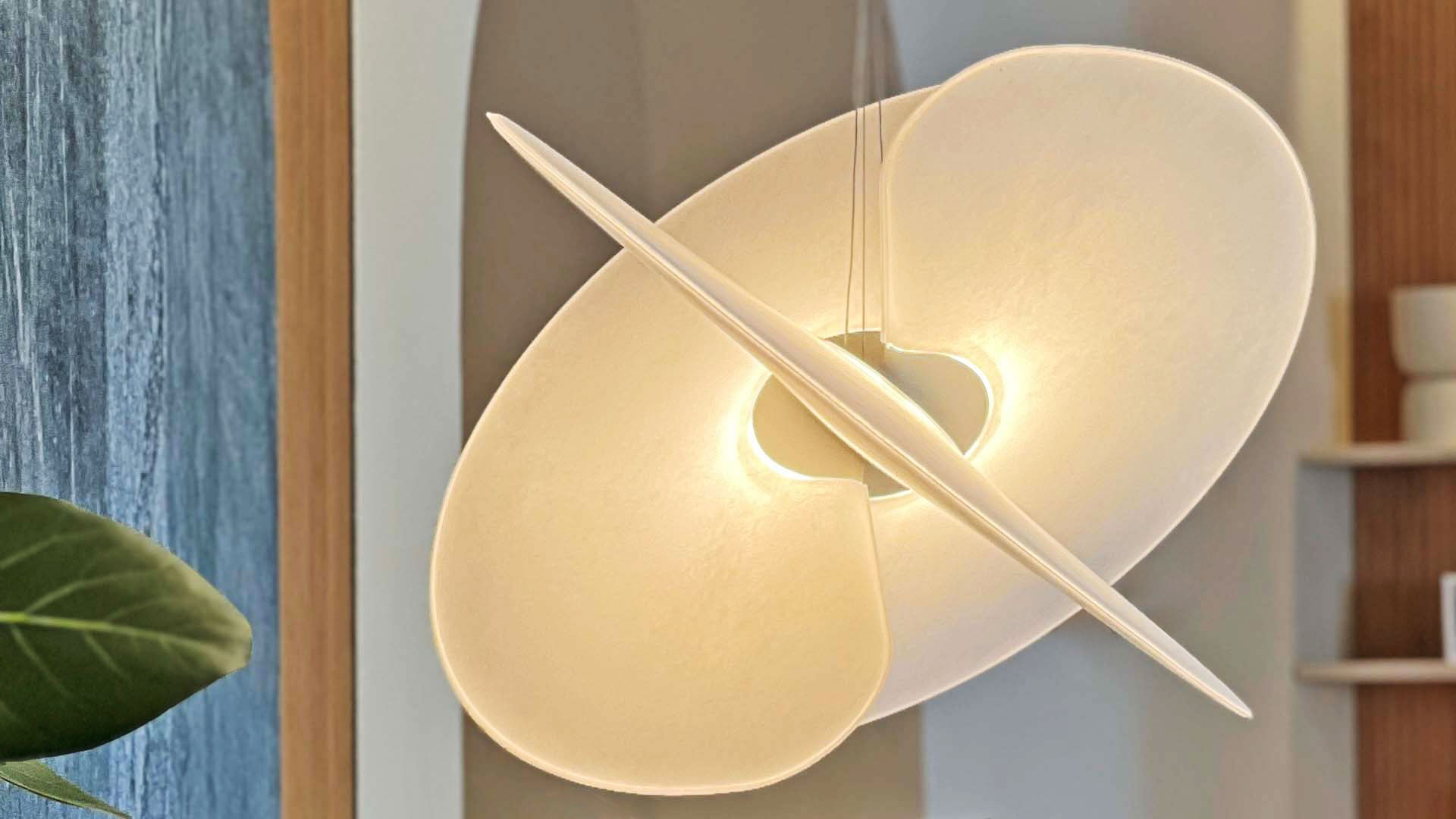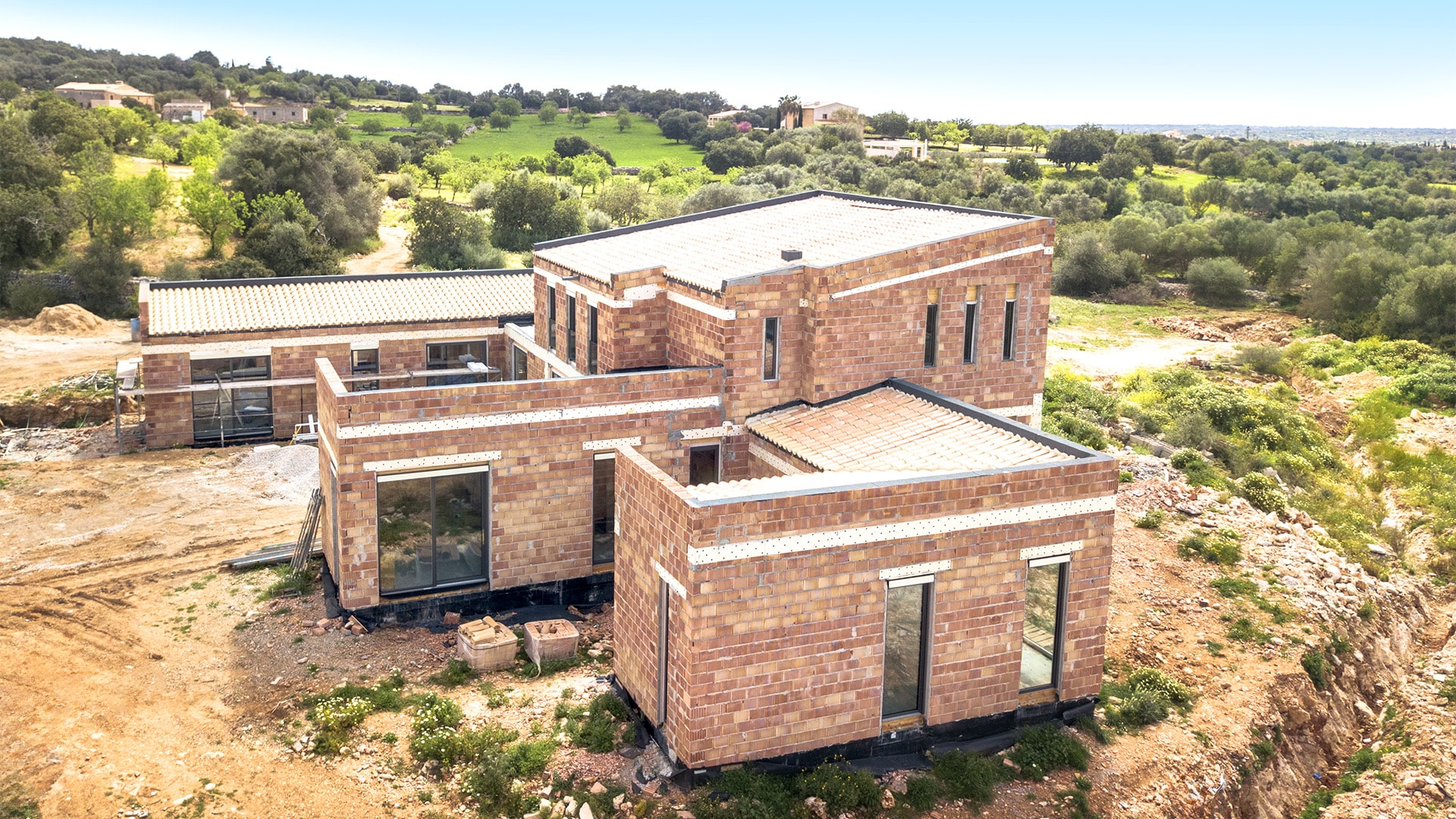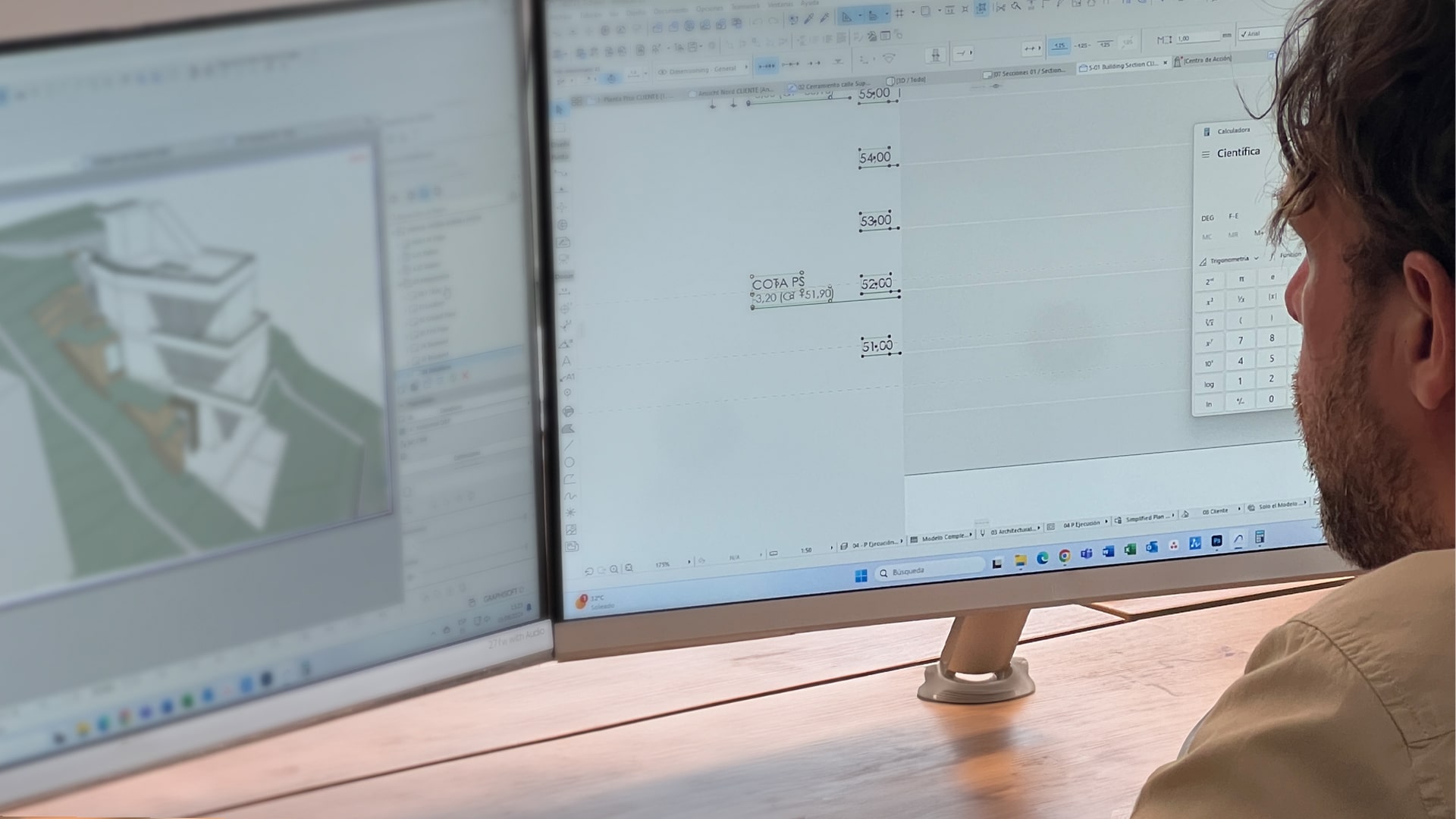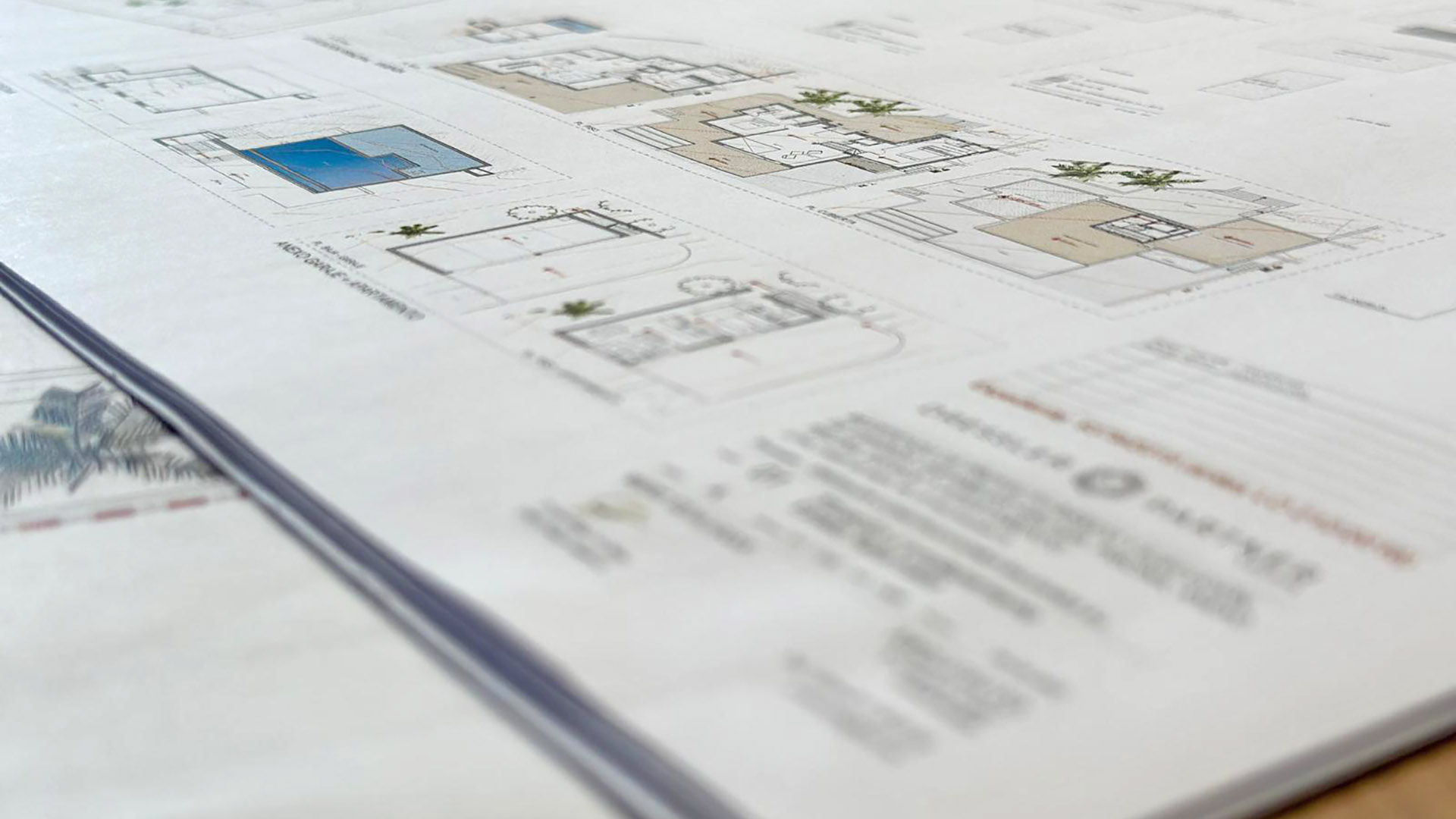

How to build for the mediterranean climate in Majorca
Mallorca is an island full of beauty – yet its climatic conditions present unique challenges for construction, especially in summer. Temperatures exceeding 35°C, intense solar radiation, low humidity, and minimal air movement in certain locations place high demands on building design. Anyone building on Mallorca should take the island’s specific building physics into account right from the planning stage. Good building starts not with appearance, but with function. Below, we explain which factors are particularly important in the Mediterranean climate – and how thoughtful architecture, suitable materials, and intelligent technology can make living on the island pleasant all year round.
Climatic Basics: The Challenges of the Mediterranean Region
Mallorca’s climate is characterised by hot, dry summers and mild, damp winters. Buildings must therefore be protected both against overheating in summer and dampness in winter.
Summer Challenges:
- Direct sunlight for up to 14 hours a day
- Heating of roofs, façades, and interiors
- Large temperature fluctuation
- Poor air circulation in enclosed spaces
Orientation & Positioning: The First Step to Cooling
Thoughtful building orientation is the most effective (and cost-efficient) measure against summer heat.
Basic principles:
- Living spaces preferably on the north or north-east side
- Large window areas facing east rather than west
- Bedrooms with minimal late afternoon sun exposure
- Plan for natural shading through existing trees or new planting - especially in hillside locations or the island’s interior, intelligent positioning can make a difference of several degrees Celsius.
Solid Instead of Lightweight: Harnessing Thermal Mass
Unlike in northern countries, lightweight drywall construction is only partially suitable for Mallorca. Instead, heavy materials such as natural stone, clay bricks, or concrete are recommended.
Advantages of solid construction:
- High heat storage capacity
- Delayed heat transfer from outside to inside
- Natural regulation of temperature fluctuations This keeps interiors pleasantly cool on hot days – without the immediate need for air conditioning
Natural Ventilation & Cross Ventilation: Fresh Air Without Energy Consumption
Another key point is targeted airflow. Placing large windows opposite each other creates effective cross ventilation. Courtyards, open staircases, or pergolas also promote air movement.
Tips for better air circulation:
- Combine high and low windows (use thermal lift)
- Install ceiling fans in rooms with high ceilings
- Avoid sealed, windless courtyards Natural ventilation not only reduces energy consumption but also enhances comfort
Sun Protection: Architecture Instead of Air Conditioning
Rather than combating heat with energy, it should be prevented from entering the building in the first place. Passive shading is key.
Proven elements:
- Deep roof overhangs
- Shutters (persianas), venetian blinds, or fabric awnings
- Double façades and green pergolas. These elements can be attractively integrated into the architecture and give the building a Mediterranean character
Material Selection: Breathable and Light-Coloured
The right materials significantly contribute to indoor climate.
Recommendations:
Technology with Purpose: Smart but Efficient
Technical cooling and air-conditioning systems should be used only where truly necessary – and as energy-efficiently as possible.
Effective solutions:
- Photovoltaics to power cooling systems
- Motorised shutters and awnings
- Air conditioning units with heat pump function (for winter use as well) By combining smart technology with passive heat protection, energy consumption can be reduced to a minimum
Conclusion: Sustainable, Cool Living Starts with Good Planning
The heat in Mallorca can be managed – if the building is designed accordingly. A combination of smart orientation, thermal mass, natural ventilation, passive sun protection, and conscious material selection lays the foundation for sustainable, comfortable living under the Mallorcan sun. At Dressler & Partner, we advise our clients extensively on these topics. Our experience shows: those who plan for the climate from the start save not only energy and money – but also gain quality of life.

